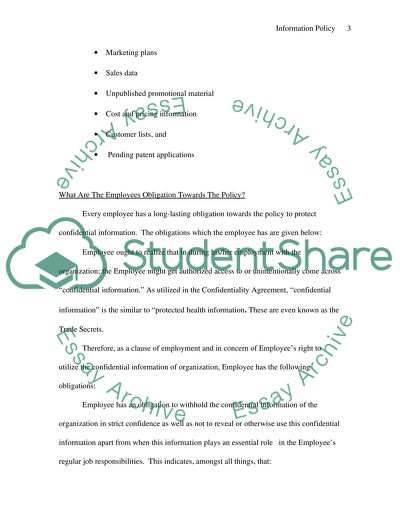Cite this document
(“Information Policy Essay Example | Topics and Well Written Essays - 3500 words”, n.d.)
Retrieved from https://studentshare.org/miscellaneous/1516308-information-policy
Retrieved from https://studentshare.org/miscellaneous/1516308-information-policy
(Information Policy Essay Example | Topics and Well Written Essays - 3500 Words)
https://studentshare.org/miscellaneous/1516308-information-policy.
https://studentshare.org/miscellaneous/1516308-information-policy.
“Information Policy Essay Example | Topics and Well Written Essays - 3500 Words”, n.d. https://studentshare.org/miscellaneous/1516308-information-policy.


